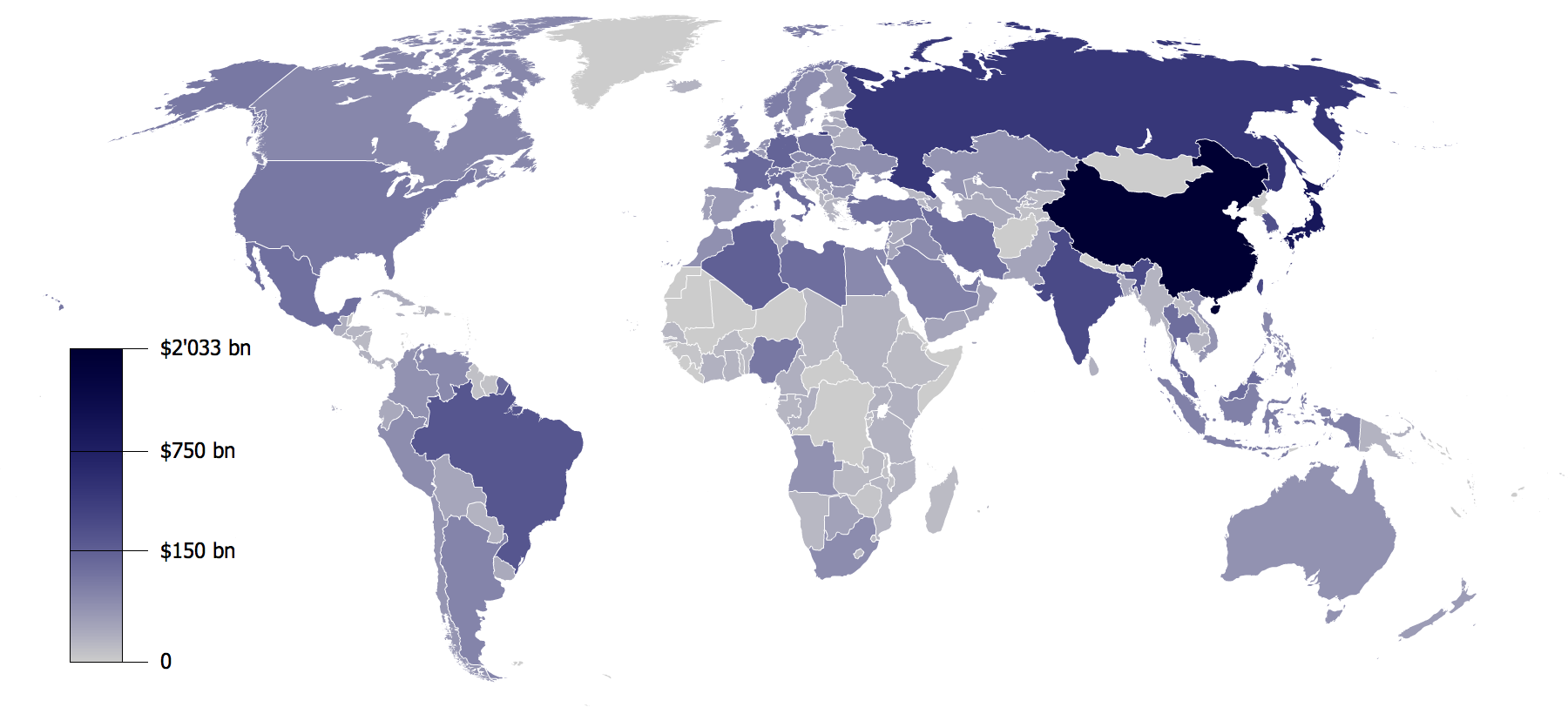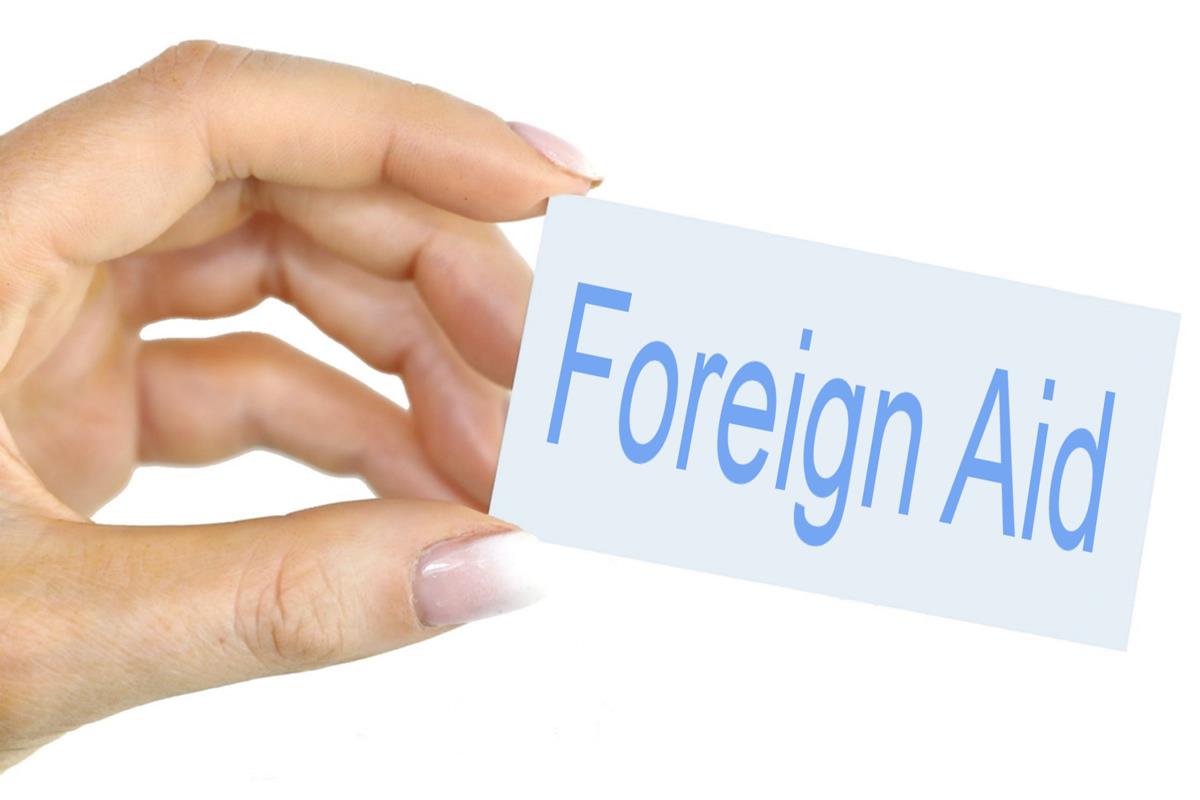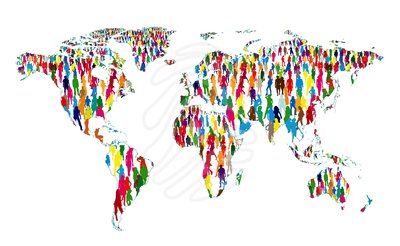- Liberalization refers to a relaxation of previous government restrictions usually in such area of social, political and economic policy. In some contexts this process or concepts is often but not always referred to as deregulation.
- After 1990s we can see the changes like politically democratic, economically liberal, trading & industries wise globalization on, improvement in governance, decrease in government’s involvement and increase in involvement of private sector.
Trade liberalization
- The removal or reduction of restrictions or barriers on the free exchange of goods between nations. This includes removal or reduction of both tariff (duties and surcharges) and non-tariff obstacles (like licensing rules, quotes and other requirement).
- State as a regulator and facilitator.
Importance
- Means of globalization and economic liberalization
- Make trade freely movable and not restrictive to one area
- Establish global market access
- Contribution to national economy
- Make trade more effective and productive
- Decrease trade deficit and achieve payment balance
- Develop and expand trade and earn foreign currency
- Develop trade relationship with different countries
- To gain support & advice from institutions like WTO
- To bring Private Sector in front line for trade and focus government activities on other sector.
Nepal & trade
- Import – 87.6%, Export – 12.4%
- Indian export – 65.2% of GI pipe, Jute sake, Wire ginger
- भन्सार एन – २०६४
- वाणिज्य नीति – २०६५
Problems
- Land locked country and lack of access to part
- Regular interference from indian side while importing
- Only one part in use mostly so high investment
- Indian side adding extra tariff on export goods regularly
- Lack of expansion of export of trade beyond India
- High trade deficit
- Lack of competitive product in global market
- Private sector not at best shape
- Bandha, strike, syndicate, car-telling etc. impact
Solution
- Expand trade beyond India
- Treaty with India for better access to the sea and tariff problems
- Identify product which can compete in international market
- Promote private sector working on exportable goods and services
- Solve problem of load-shedding, bandh, strike, etc.
- Create policy complying with WTO rules to stop or minimize import of cheap and recreational goods
- Expand business with other countries
- Solve the burning problem of trade deficit
- Work of amending policy according to demand of time
Market liberalization
Market is a place where buying & selling of goods and services takes place. Market has different ways of fixing prices of goods and services. In some cases price is fixed by the government and in some cases price of goods and services are fixed by market itself. This process of price fixing by the market itself and is free from government intervention is known as market liberalization. Government only works as a regulator and facilitator.
Importance
- Help in integration with globalization and liberalization.
- Help in accessing global market
- Help in promoting private sector in development
- Increases quality of goods & reduces prices due to competition
- Ends syndicate and car-telling
- Works in favor of consumers
- Improves nation economy
- Helps in producing quality products capable of competing in world market
- Attracts foreign investment
Policy
- Privatization Act – 2050
- Art 34(4) : priority and encouragement to national enterprises both private and public
- Foreign investment and technology transfer Act – 2049
- 13th plan
- Finance & monetary policy
- Private sector involvement
- Interest rate governed by NRB
- FDI promotion
- Currency exchange facility
- VAT return for exporters
- Industrial areas
- Private sector involvement
- Promotion of FDI
- Privatization
- Private sector free to operate
Negatives
- Lack of competitive edge has limited us
- Small & cottage scale industry is struggling
- Cheap imported goods has replaced our own domestic products
- Private sector not yet competitive so possible benefit is less
- Increasing poverty gap
- Increase in trade deficit
Labor liberalization
- Labor now a days has become global and labor market has crossed rational border and reached various countries of the world. This is called labor liberalization. What sort of work to do and where is determined by person and the wage is determined by the market.
- Art (12): freedom to choose any employment & trade
- Art (13): equal wage for same work for both male & female
- Art (30): right relating to labor
- Labor act 2048
- Trade union Act: 2049
Features
- Markets drives demand and supply of labor
- Cordial relation between laborers and management
- Wages determined by market & competition plus performance based pay
- Freedom of labor available
- Right of labor is protected
- Problems of employer & employee solved by peaceful means & by talk
- Market open for all labors based on their skill and knowledge
- Rules & regulation enforced to manage it
Problems
- Labor force is scare due to overseas attraction of labor
- Semi or no skilled labor in majority
- Complex and crazy process for foreign employment
- Exploitation of laborers at Indian border or national airport
- Laborers more focused on fulfill demand by means of strike than collective bargaining
- Laborers divided on the basis of political alliance
Solution
- National industrialization initiative is required
- Produce labor force capable of competing in international market
- Decrease procedural delay for foreign employment permit
- Decrease politicization of labor unions
- Labor contract with more countries is necessary
- Labor attached should be increased








Thanks a lot. We are indebted to you.
Thank u so much